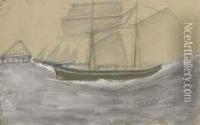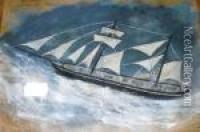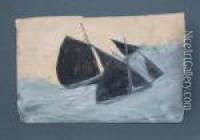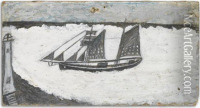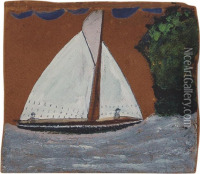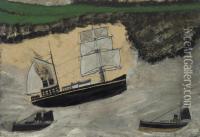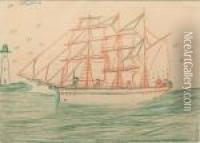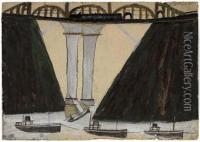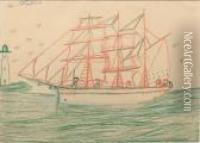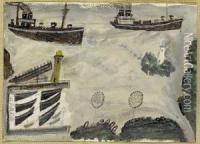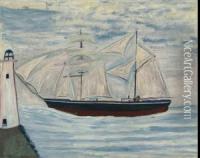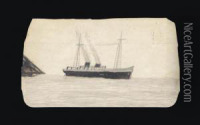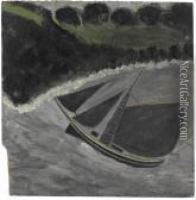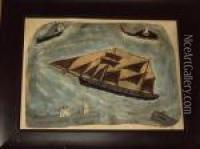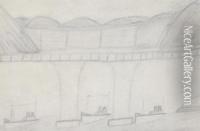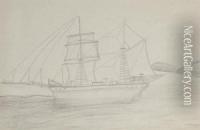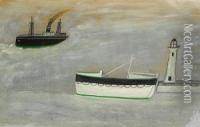Alfred Wallis Paintings
Alfred Wallis was a British painter and fisherman, born on August 18, 1855, in Devonport, Devon, England. Despite having no formal training in art, Wallis is now celebrated as a significant figure in British modern art, particularly for his association with the artists of the St Ives School in Cornwall.
Wallis took up painting later in life, after the death of his wife, Susan Ward, in 1922. He was in his late sixties when he began painting, using ship paints on found materials such as cardboard and wood, primarily as a way to occupy his time and as a form of reminiscence. His subjects were typically maritime scenes, reflecting his deep connection with the sea and his experiences as a fisherman and mariner.
His work caught the attention of Ben Nicholson and Christopher Wood, two established artists, who were visiting St Ives in 1928. They were impressed by the naïve style, sense of perspective, and originality of Wallis's paintings. Nicholson, in particular, became a patron and advocate of Wallis's work, helping to introduce him to a wider art community.
Alfred Wallis's paintings are characterized by their flat, child-like perspective and a rudimentary sense of proportion, which give them a unique charm and sincerity. Although he was not widely recognized during his lifetime, Wallis's work was later celebrated for its raw and direct representation of the sea and coastal life.
Wallis struggled with poverty and isolation in his later years, and he was eventually admitted to the Madron Workhouse in Penzance. He continued to paint during his time there, although his health and eyesight were declining. Alfred Wallis died on August 29, 1942, in the workhouse. His legacy has grown since his death, and his work is now highly regarded and exhibited in many art galleries and museums across the United Kingdom.
